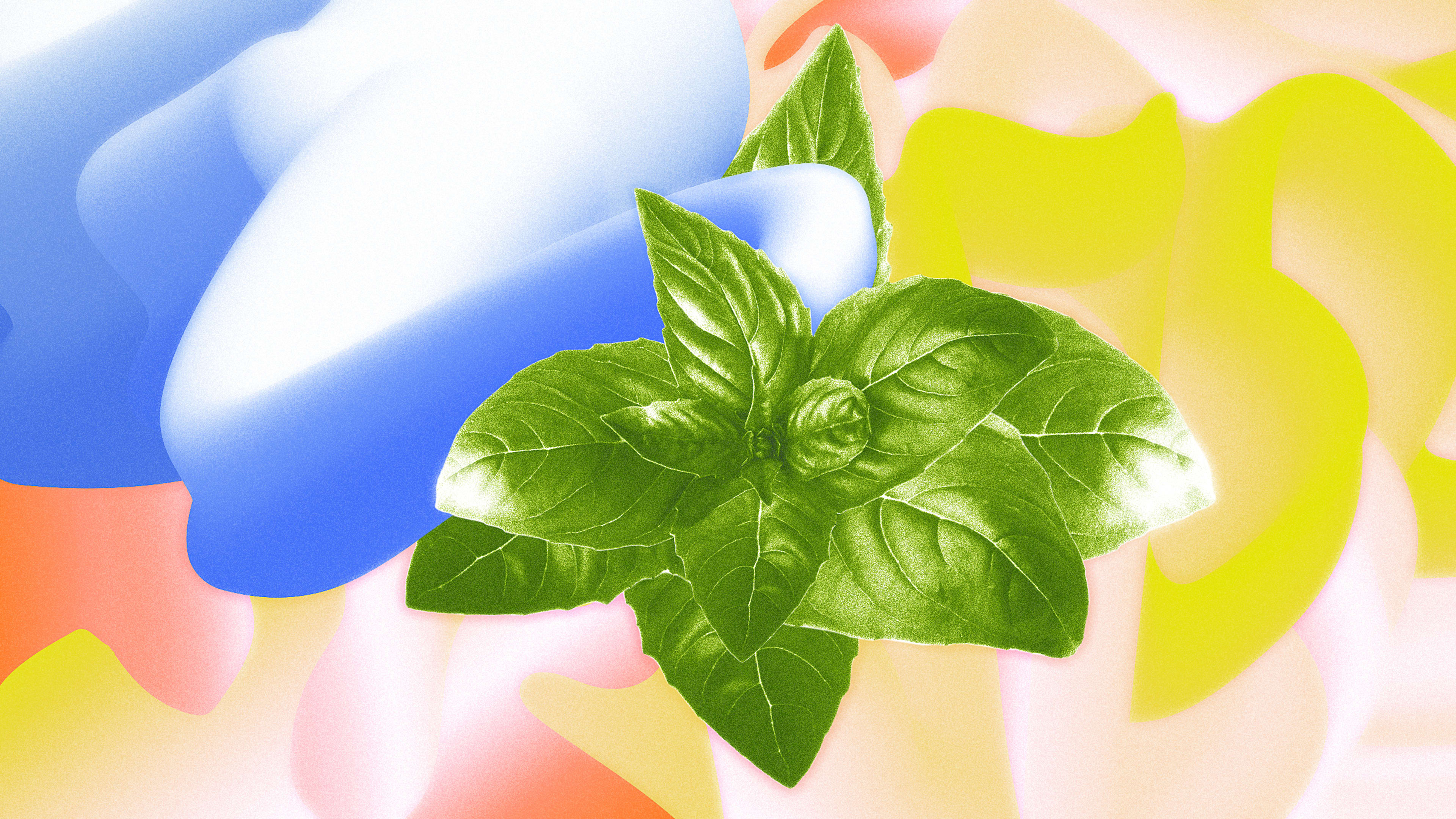Plants don’t usually say much. So, it can be harder to understand what they need compared to more vocal organisms such as humans. But, just like us and our nerves, plants send important messages from cell to cell via electrical signals. Now, with technology that helps analyze those signals, we may better understand what’s really eating at our greener brethren.
When plants get stressed because of hunger, thirst, or insect attacks, they relay signals about that stress between cells. Roots may send signals when the plant is thirsty, for instance. Until now, farmers have relied solely on secondary indicators for finding problems with their crops, for instance by checking under roots for insects or looking for signs of drought, which can be labor-intensive. A new technology, PhytlSigns, pairs this electrophysiological knowledge with artificial intelligence to allow plants to “tell” growers when they need water, nutrients, or pesticides.
The scientists at Vivent, the Swiss deep tech company that created PhytlSigns, have custom-built algorithms that cater to specific stressors. Plants are physically hooked up to electrodes, like a human on an ECG machine, making it possible to remotely view up-to-date information about their basil, eggplant, or cannabis plants.
One client, an agrochemical company, previously relied on visual indicators to see if their fungicides had killed fungal diseases that were invading plants. But, with PhytlSigns’ algorithm built for fungal stressors, the company saw that plants were still sending distressed signals even after it looked like the fungus had cleared. Another client was able to more accurately identify when parasitic eelworms, or nematodes, were infesting and attacking plants, thanks to an algorithm built for nematode stress. “They can see, in real time, something happening in the soil that we’ve never been able to see before,” says Carrol Plummer, cofounder and CEO of PhytlSigns.
For farmers, one of the most important applications will be assessing plant thirst. A drought stress algorithm allows plants to alert growers when they need to be watered. In one trial case, being tested with a Swiss agricultural research center called Agroscope, plants are now watering themselves. “Whenever we get 10 readings that say, “I need water! I need water!” it just automatically turns on a pump,” Plummer says. That may save growers two or three hours a day that are often dedicated to adjusting water flow. “Probably, the plant knows better than you when it needs water,” she adds.
Saving farmers this time and energy, while maximizing output, is the ultimate goal. With better disease diagnosis, yields could also be higher and of better quality. Currently, 40% of crops are likely lost in the field even before harvest. “When we saw numbers like that, we just thought, ‘This is crazy,'” Plummer says. “We’ve got to be able to do better than this.”
As the self-watering suggests, the long-term goal is autonomous growth. But the technology is so groundbreaking that, right now, farmers are eager to spend more time and effort seeing how they can use the algorithms to get the very best yields. One long-time tomato grower, owner of Swiss company Domaine des Mattines, claims that his tomatoes taste best when the plants are exposed to a small amount of stress. “He has that hunch after growing tomatoes all his life,” Plummer says. So, that sixth-generation grower is using the system to land on the best yield-to-taste ratio.
With recent investment from Belgium-based Astanor Ventures, one of Spotify’s early investors, the company has been able to expand trials. While they’re only working with indoor plants so far, due to more controlled conditions in greenhouses, they’ll soon be able to try outdoor plants such as olives and almonds. In the latter case, they hope to help farmers conserve a lot of water in drought-prone areas. “Next summer,” Plummer says, “I actually hope to have sensors on the almond trees in California.” By conserving water and reducing the use of toxic chemicals in pesticides, the system may also allow for more environmentally friendly farming.
Also on the horizon for Plummer is being able to reach her initial goal: applying the technology to human medicine, by tapping the same electrical signals to understand what people’s bodies might need. Plants were a quicker way to get to market, she says, and to better understand why and how living things communicate. “All of the learning we’re getting from working with plants is going to be applicable to humans.”
Recognize your brand’s excellence by applying to this year’s Brands That Matter Awards before the early-rate deadline, May 3.
